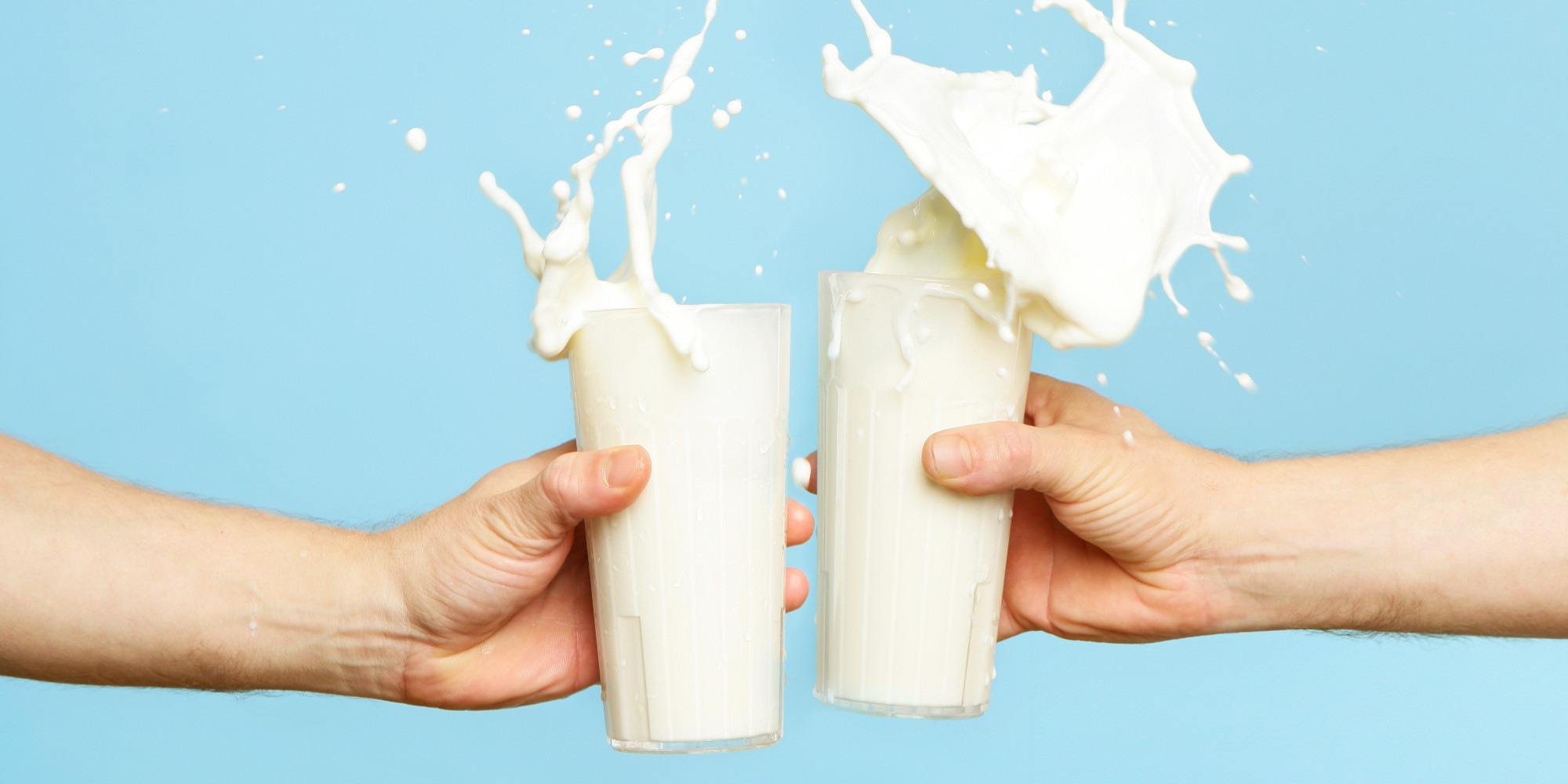Following on from part 1 on How to Taste and Appreciate Wine – Guided Theory, here are just a few exercises that can help you identify the different components in a glass of wine. Learning to recognise these individually without the use of wine will be of great benefit.
Acidity and Sweetness
To learn to recognise differing levels of acidity try smelling lemon juice or vinegar to begin with. The smell should make your mouth water and cause your nose to crinkle up. It will also cause the sides of the tongue to react as well. Mix the lemon juice or vinegar in with some water and gradually increase the amount until it becomes too sour.
What you can do next is mix the lemon juice or vinegar with sugar. The sweetness of the sugar will counterbalance the acid. By gradually increasing the amount of sugar you begin to recognise different levels of acidity and how it makes your nose and mouth react, the more sugar the less crinkling of the nose for example. You will get to the point where the sugar will completely balance out the acidity.
This exercise will help you identify the level of acidity in the wine because you now know how acidity makes you react. By adding in the sugar you start to understand how the sweetness can mask the acidity, and vice versa, so achieving balance is critical. This should be noticeable in a good quality wine.

Body
Identifying the body of a wine isn’t too challenging. We have light-medium-full as a basic starting point. A great example to use is milk. By trying skimmed milk all the way up to full-fat milk or even cream you will notice the difference in body. The same principles apply to wine: The lightest will disperse quicker than the heaviest.

Tannin
Tannin level can be difficult to identify because you can’t smell them. You really have to understand what they are. They are the lip smacking components of the wine. A great exercise to help you with this is to try swilling a mouthful of cold black tea or coffee around your mouth. Spit it out and notice which parts of your mouth react. Drying tannins will affect the inside of your cheeks. The higher the tannin level the greater the effect, and vice versa.
 Photo credit: Deborah Libros
Photo credit: Deborah Libros
Flavour
The flavours of wines vary massively. The only thing we can really do to help broaden our smell and taste range is to continuously practise. Smell fruits blindfolded for example to become really accustomed to them. Do the same with tobacco, leather and coconut to learn if oak is used in the winemaking process.
Why not take our quiz and see if we know your tastebuds as well you do!
Title Image: www.o-chateau.com